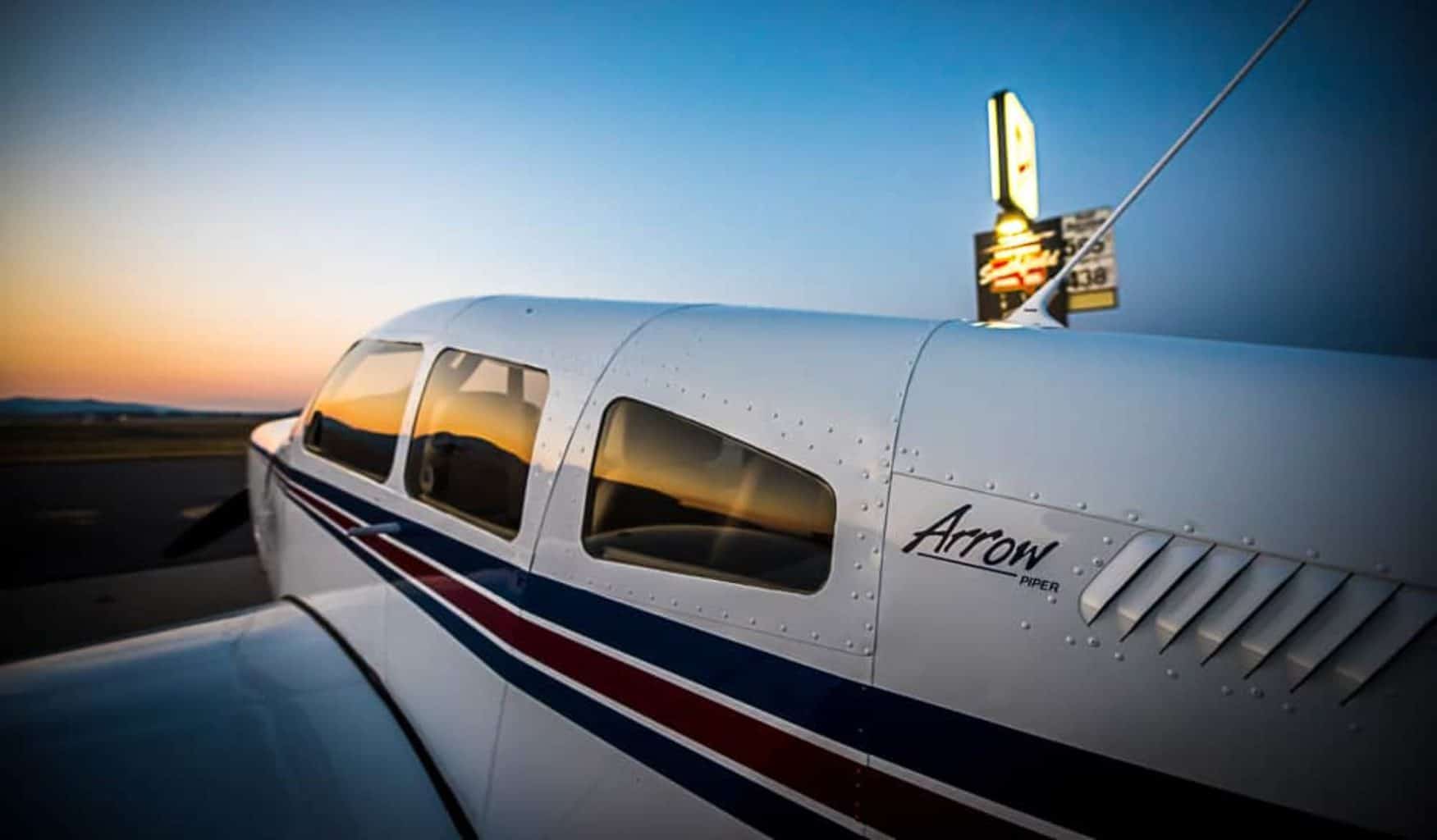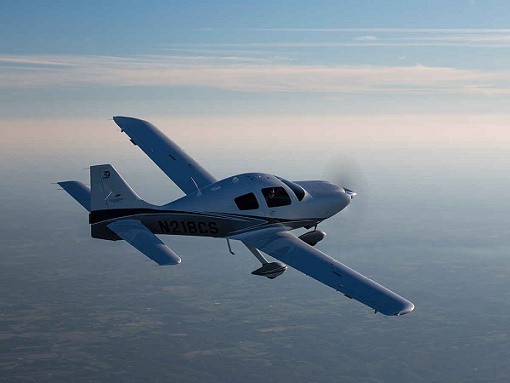Evaluating a Flight Training School
When you finally make that decision to go for your pilot’s license, it’s an exciting step for you. It will be fun to tell friends and family that you feel it in your bones that you are ready to put in the time and effort to get that all important pilot’s license to start your journey toward success. But just as in any area of specialization, finding the right flight training school that you feel good about using to achieve this goal takes some looking and some evaluation.
You will be putting a lot of time and money into the flight training school you choose. And they are taking you through not only some knowledge training but a discipline of learning to become a completely different person. You will go from a person whose idea of flying was sitting in coach and thinking about your in flight meal to the guy in the cockpit calling the shots. You will “become” a pilot and you want your guide through this transformation to be a good one.
There are basically two kinds of flight schools and they are referred to as Part 61 or Part 141 schools. Now naturally you would assume one category to be superior. But in terms of the outcome, both can get you the knowledge and experience you need and help you become a pilot. The difference is their approach.
A Part 141 school must live up to a very strict curriculum that the FAA lays out and every Part 141 school operates exactly the same way. Obviously there are some values to this approach. The primary value of going to a Part 141 flight training school to get your pilot’s license is that because they all operate identically, you can change teachers or even schools midstream and just pick up where you left off.
A Part 61 flight training school doesn’t put itself into that discipline. So these schools will have a greater variety in the way the material is presented, the order it is given to you and how you learn it as well. Part 61 schools can use more creativity in how they take you through the process and very often the instructors are more creative as well. And since pilots are notoriously independent people in the first place, you will probably meet more “characters” at a Part 61 school.
Neither of these two types of schools is actually superior. Since the pilot’s license testing is standardized, they will all get you there the same way. The Part 141 approach gives you the security that they are completely governed by the FAA and the ability to change teachers or schools with no disruption to your education. A Part 61 school can customize the training to you and if there is an area of instruction that you might need extra help with, they can be flexible and make sure they cover the bases you need covered in greater depth.
Before you decide on a specific school, get a good list of the best regarded pilot’s license training schools in your area. The administration at your local airport will be able to point you in the right direction. Many times a large city will have a number of smaller airports that service charger flights and smaller operations and they often have flight schools on premises. So if the international airport isn’t being helpful, try the smaller ones in the area. Then set about checking out the facilities, the teachers, the planes and the reputation of the schools.
By interviewing not only the staff and teachers of the school but graduates to find out the good and bad of each school, you will have done your homework well. But also get to know the instructor who will be your primary guide through learning to be a pilot. This will be your mentor on that first big moment as you take the controls and take an airplane up for the first time and you and he (or she) will be alone in that cockpit frequently as you log the necessary air hours to qualify to take the test. But by checking this all out ahead of time, by the time you put down your money and start the process of learning to become a pilot, you will know that you are in good hands with the school you selected.


